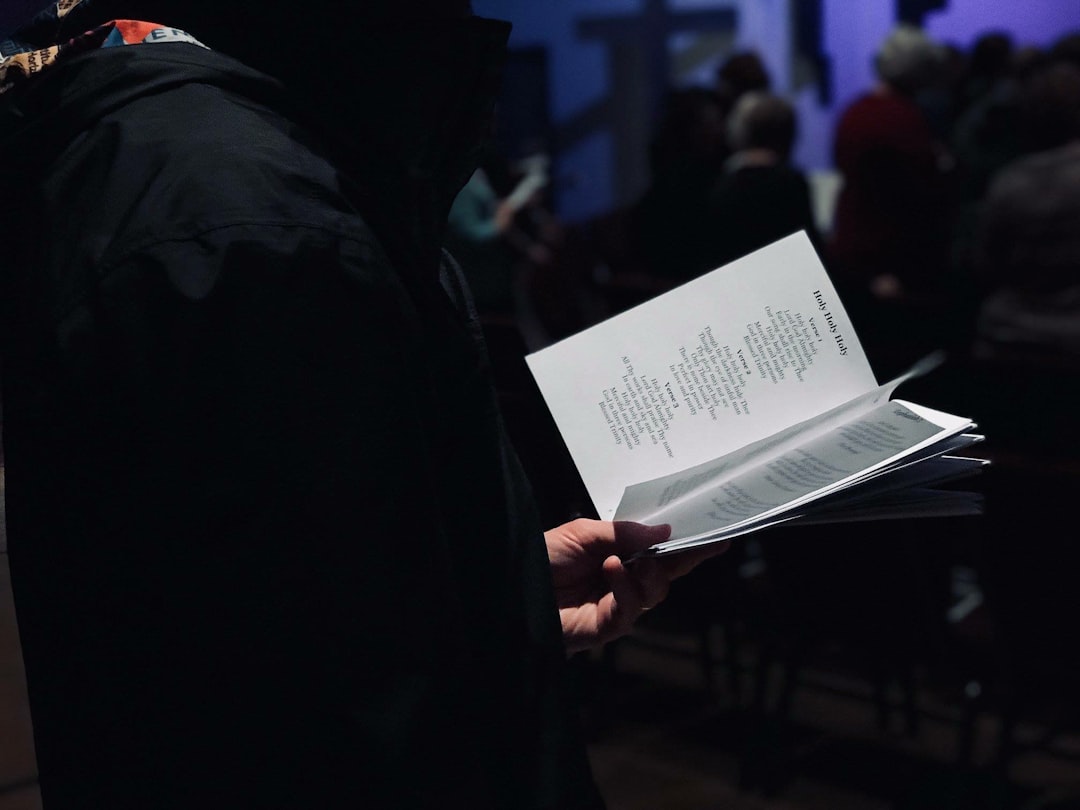What is it about?
The paper focuses on the applicability of the interpretive theory to literary translation. In the first part, we present the main concepts on which the interpretive theory is based, its applicability to literary translation, as well as criticism formulated against it. Unlike general or specialized translation, in case of literary translation the notional (informative) meaning should be separated from the emotional (esthetic) meaning, the aim for the translator being to create an equivalent effect in the target language. In the second part of our paper we present the applicability of the interpretive theory to the translation of some works of Guy de Maupassant. We analyze the manner in which certain components of the idiostyle of the author (implied meaning, polysemy, ambiguity, irony, euphemisms, culture-bound terms) are translated into Romanian.
Featured Image

Photo by Sharon McCutcheon on Unsplash
Why is it important?
The paper proves, through various examples, the pertinence of the Interpretive Theory when applied to literary translation.
Perspectives
The paper fills a gap in the field of translatology, showing that the basic principles of the Interpretive Theory may be applied to literary translation in order to solve specific translation difficulties (implied meaning, polysemy, ambiguity, irony, euphemisms, culture-bound terms).
Carmen-Ecaterina Ciobaca
Universitatea Alexandru Ioan Cuza
Read the Original
This page is a summary of: Pour une approche interprétative dans la traduction
littéraire, FORUM Revue internationale d’interprétation et de traduction / International Journal of Interpretation and Translation, June 2020, John Benjamins,
DOI: 10.1075/forum.19009.cio.
You can read the full text:
Contributors
The following have contributed to this page










